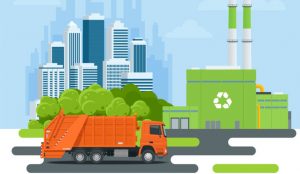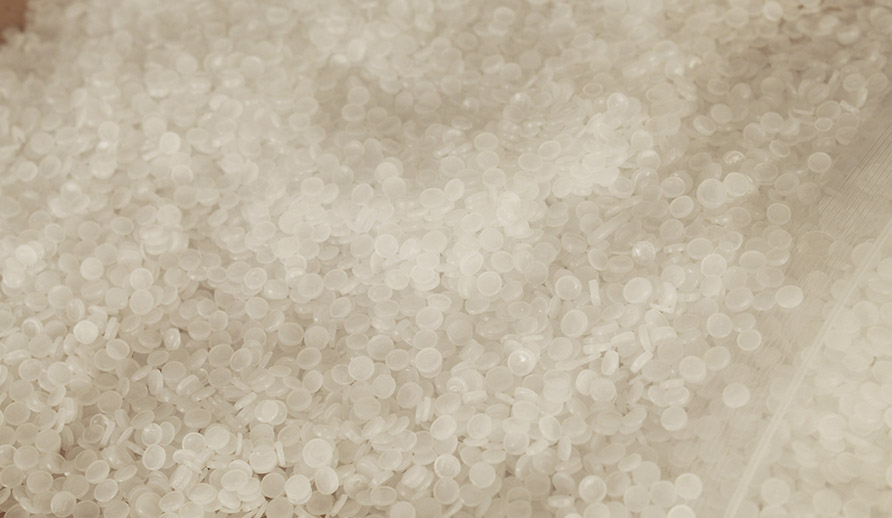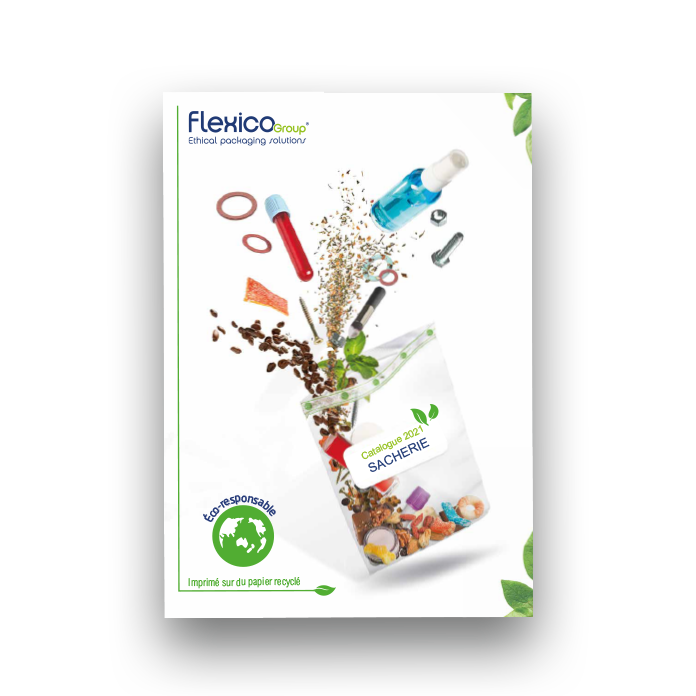
France has set itself the goal of recycling 100% of plastics placed on the market by 2025, while currently the rate is about 22%. However, this is a utopian goal because even its most successful European neighbors in this area (Norway followed by Germany), just reach 40%. What does this recycling actually involve?
What are the different stages? You will find out in this article.
The different stages: from sorting to recycling plastics
Recycling is actually a set of steps, all dependent on each other and involving various actors. We will analyze these different phases in order to better understand the complete process, based on the information contained on the website of Valorplast, one of the major actors of plastic recycling in France.
Sorting plastic waste: from the sorting bin to the collection center
Thus, the beginning of the life of a plastic waste is located at its producer, whether it is a private individual or a professional. If the plastic is recyclable, its best place as waste is in the sorting bin provided by the municipality. Depending on the territory, the sorting instructions are different, i.e. the types of plastics accepted in these bins will be more or less numerous, but the following steps remain the same.
Once collected, either door-to-door or in containers, the plastic waste ends up in sorting centers, where it is separated according to its nature: transparent, colored, polyethylene (PE), polypropylene (PP)… At the end of the center, it is presented in the form of large cubes resulting from the compacting of each family of plastics.
The treatment of plastic in the recycling process
This step marks the beginning of the recycling process as such. Depending on their nature or final destination, plastics are then treated in different ways, namely regeneration, micronization or shredding. These three methods are used by the Paprec group, one of the leading recycling professionals in France and worldwide.
Without going into the technical details of each process, it is important to address them at least briefly to understand their differences and specificities. Firstly, regeneration allows, by heating, to produce high quality granules, which, once treated and purified, will constitute a very high quality raw material to produce new plastic products. The types of plastics concerned by regeneration are for example polystyrene, PVC or polypropylene.
Micronization is also used to create a very fine plastic powder by pulverizing flakes from a previous step. Unlike regeneration, there is no purification, which results in a lower quality plastic. However, because of its convenience and economy, this form is very popular with manufacturers. The types of plastics most often micronized are PVC and polyethylene.
Finally, in some cases, it is the crushing of plastics that is preferred for recycling. Only washed, these plastics are most of the time directly integrated into the production chain of new products. However, this step can also be a prerequisite for the regeneration or micronization processes described above.
What happens to the recycled plastic?
The recycled plastics are then sold to manufacturers around the world. According to a recent article on nouvelobs.com, 8% of these plastics are recycled in an open circuit while less than 2% are recycled in a closed circuit.
> What do these notions of open and closed circuits mean then?
Recycled plastic in an open circuit
In concrete terms, when it is said to be open, this means that the recycled plastics will be transformed into manufactured products that are totally different from those that were recycled upstream. The best known example is the manufacture of a sweater made of synthetic material from plastic bottles. This sweater will not be recyclable in the end.
Recycled plastic in a closed cycle
In contrast, the closed cycle ensures that the recycled plastic is returned as a raw material in the production of an identical item. For example, a plastic bottle has been recycled and fed back into the industrial cycle of manufacturing other plastic bottles. The problem with the closed cycle, which explains its low share in the outlets of recycled plastics, is mainly due to health safety and technological constraints. Thus, even with improved purification and industrial methods, specialists believe that its share in plastic recycling will not exceed 5%.
To conclude, even if the sorting gesture is essential, reaching a 100% recycling rate seems difficult to achieve, both for economic and technical reasons. However, in recent years, even if the associated processes have been considerably improved, recycling will not be the only solution to plastic waste.
To find out more about Flexico’s waste management policy, visit Flexico, an eco-responsible player.


